By Gabriel Galípolo and Fernando Haddad
The Brazilian former President – and candidate for the upcoming elections in October, Lula da Silva has proposed “to end the dependency on the US dollar and crate a South American common currency”.
With this statement, Lula has supported a concept presented by Gabriel Galípolo and Fernando Haddad. Galípolo is former President of the Fator Bank, Haddad was Minister in Lula’s cabinet between 2005 and 2012, and the Workers’ Party’s presidential candidate in the elections of 2018, where he was defeated by Bolsonaro. Currently, Haddad is candidate for governorship of Sao Paolo. Both authors contribute to Lula’a electoral program.
Gabriel Galípolo and Fernando Haddad have published an article in the Brazilian newspaper Folha de Sao Paolo on April 1. Herein, they provide why a South American common currency is needed, and the way it may be introduced.
United World International presents below the article of Galípolo and Haddad in English translation. Subtitles were set by UWI.
Rodolfo Pablo Treber, an economic analyst who works for the Central Bank of Argentina, will comment soon in an article in UWI on the proposal.
In asset pricing models, interest paid on government-issued debt securities is called sovereign risk or credit risk-free, precisely because of the ability of the monetary authority to issue the means of payment capable of settling its obligations and debts, within its own savings.
Within each nation, the State and its currency are sovereign; in international relations the logic is different. There is in the international financial system a hierarchy among national currencies, with the dollar at the top, thus giving the United States the privilege of issuing the international currency.
The recent conflict between Russia and Ukraine has rekindled old fears that had died down at the end of the Cold War. The possibility of a war involving nuclear powers continues to threaten human existence, and the disrespect for national sovereignty haunts States that do not have the same war power.
Currency as a weapon
The US and Europe used the power of their currencies to impose severe sanctions against Russia, confiscating international reserves and excluding it from the international payments system (SWIFT). Faced with the impossibility (and insanity) of a military confrontation with another nuclear power, Biden and his allies looked to the power of their currencies for ways to isolate and weaken their enemy.
Not that it is an unprecedented exercise of power. In 1979, the rise in interest rates in the US to reaffirm the power of the dollar as a global currency led several countries (including Brazil and much of Latin America) to a situation of insolvency. In the 2008 crisis, it was the strength of the dollar that allowed the FED (American Central Bank) to sustain prices in the financial market, offering liquidity and demanding assets.
The use of currency power at the international level renews the debate about its relationship with sovereignty and the capacity for self-determination of peoples, especially for countries with currencies considered non-convertible. As they are not accepted as a means of payment and as a store of value in the international market, their governors are more subject to the limitations imposed by the volatility of the international financial market.
During the 1990s, successive global crises led several Latin American countries to resort to the IMF (International Monetary Fund) in order to honor their payments in international currencies. IMF support was usually conditioned on adherence to the “suggested” economic prescription.
On March 25th, the IMF approved a new agreement with Argentina, the 22nd since 1956. Other countries bet on dollarization as a form of macroeconomic stabilization, renouncing monetary sovereignty and autonomy in the execution of macroeconomic policies. Beginning in 2003, Brazil accumulated international reserves and reverted its position from a debtor to an international net creditor.
As in war threats, international reserves function as a defense of domestic currencies, including discouraging attacks. However, as emerging or developing countries, to different degrees, we all still suffer from economic limitations stemming from the international fragility of our currencies.
South America’s economic integration provides more monetary sovereignty
An integration project that strengthens South America, increases trade and combined investment, is capable of forming an economic bloc with greater relevance in the global economy and granting greater freedom to democratic targets in defining the economic destiny of the bloc’s participants for the expansion of monetary sovereignty.
The situation is not simple, given the profound structural and macroeconomic heterogeneity of the countries in the region. Attempts to strengthen and accelerate regional integration have so far relied on the creation of free trade areas and agreements in the field of credit and infrastructure. However, the pace of this process is slow, marked by several moments of retreat.
The beginning of a process of monetary integration in the region is capable of introducing a new dynamic to the consolidation of the economic bloc by offering countries the advantages of shared access to and management of a currency with greater liquidity, valid for relations with economies that, together, represent greater weight in the global market.
South American digital currency: SUR
The Brazilian monetary experience, such as the successful implementation of the URV (Real Unit of Value), can provide a paradigm for the creation of a new South American digital currency (SUR), capable of strengthening the region.
The currency would be issued by a South American Central Bank, with an initial capitalization made by member countries in proportion to their respective shares in regional trade. Capitalization would be done with the countries’ international reserves and/or with a tax on the countries’ exports outside the region. The new currency could be used both for trade and financial flows between countries in the region.
Member countries would be credited with an initial SUR endowment, under clear agreed rules, and they would be free to adopt it domestically or keep their currencies. Exchange rates between national currencies and the SUR would fluctuate. Financial rights such as international reserves would also provide consideration for equivalent SUR issuance.
Mechanism between member countries to adjust surplus and deficit
A mechanism for symmetrical adjustments between surplus and deficit countries is also essential. The funds from this mechanism will be used to capitalize a fund from the South American Clearing House, aimed at financing the reduction of asymmetries between the economies and the promotion of synergies between them.
Common currency accelerates regional integration
The member countries will be able to buy SUR to compose their international reserves, without the acquired values being taxed. Mechanisms must be created to tax and discourage speculative attacks.
The creation of a South American currency is the strategy to accelerate the process of regional integration, constituting a powerful instrument of political and economic coordination for the South American peoples. It is a fundamental step towards strengthening sovereignty and regional governance, which will certainly prove decisive in a new world.







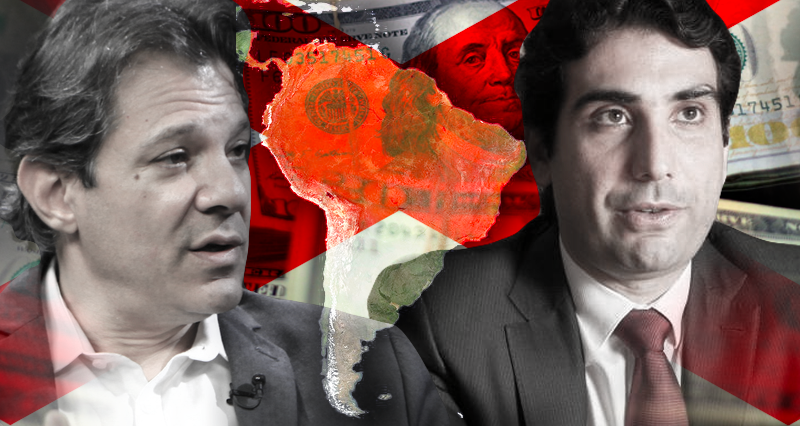
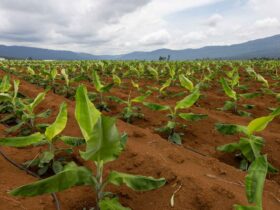
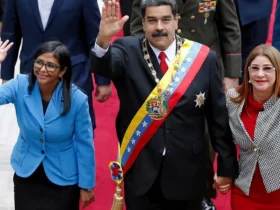
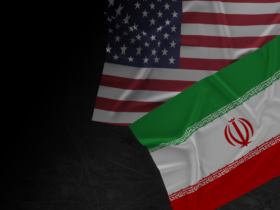
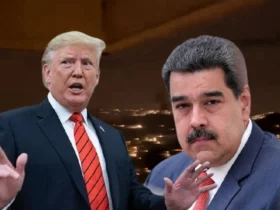
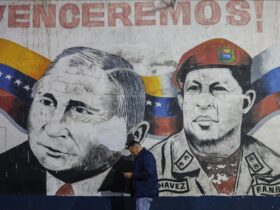
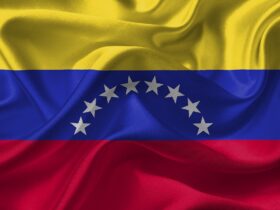

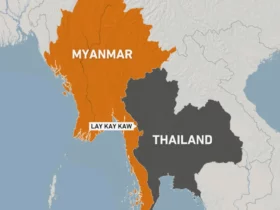

Leave a Reply